Chenpi wine is a medicinal wine made from sweet yellow wine as the base and added with Chinese medicinal herbs. It is made from high-quality glutinous rice as the main ingredient, with sweet wine, koji, and malt as the saccharification and fermentation agents. The production process uses the dripping method, and after fermentation, pressing, and boiling, it is then mixed with chenpi, dangshen, astragalus, cinnamon, and other medicinal herbs. It is aged for one year before it is considered a finished product.
【Historical Origin】
According to the "Ancient Yancheng Chronicle," Chenpi wine was first brewed in the first year of the Song Dynasty (1023). At that time, Fan Zhongyan served as the salt warehouse supervisor in Xixi, Dongtai, Jiangsu. Fan's mother was weak and sick, but she disliked drinking herbal medicine. Fan, who was filial, was worried and sought various doctors to find a good remedy that could treat his mother's illness without having to drink herbal medicine. One day, a local doctor gave Fan a prescription: using glutinous rice with chenpi, dangshen, and other medicinal herbs to make a medicinal wine. It could cure his mother's illness. After drinking the medicinal wine, Fan's mother showed remarkable improvement. The medicinal wine was initially called "Bazhen Tang" because it was stored in a jar, and it was also called "Chenpei Weng" due to the inclusion of chenpi. This is the original Chenpi wine.
【Benefits of Chenpi Wine】
This wine has low alcohol content and contains various sugars, organic acids, amino acids, and vitamins. Drinking this wine regularly can stimulate appetite, improve blood circulation, tonify qi and blood, nourish the liver and kidneys, promote digestion, activate blood circulation, and relax muscles and tendons. It is especially beneficial for postpartum women, as drinking a cup of warm Chenpi wine before each meal can not only dispel cold and warm the uterus but also promote uterine recovery.
【How to Make Chenpi Wine】
In the second year of the Tian Sheng era, there was continuous snowfall for ten days. The laborers who were repairing the dike fell ill and couldn't get up. Fan ordered the production of this wine to be given to the laborers, and after drinking it, they all recovered soon. At that time, there was a severe shortage of doctors and medicine among the local people in Dongtai, especially among women who were weak after childbirth. Seeing this, Fan invited renowned doctors and wine makers to develop a medicinal wine to treat the sick people. The wine used glutinous rice as the main ingredient and was mixed with chenpi, astragalus, dangshen, angelica, cinnamon, salvia, safflower, and papaya, among other tonifying herbs. The wine was brewed using the dripping method and stored in a jar, hence it was named "Chenpei Wine." From then on, it became popular among the people. In the late Qing Dynasty, Chenpi wine became well-known in Dongtai and was considered a specialty. The liquid of Chenpi wine is orange-yellow and crystal clear, with a harmonious blend of wine and herbal aromas. It is sweet but not cloying, with a slightly sour taste. After drinking, the lingering fragrance fills the mouth, leaving a long aftertaste.




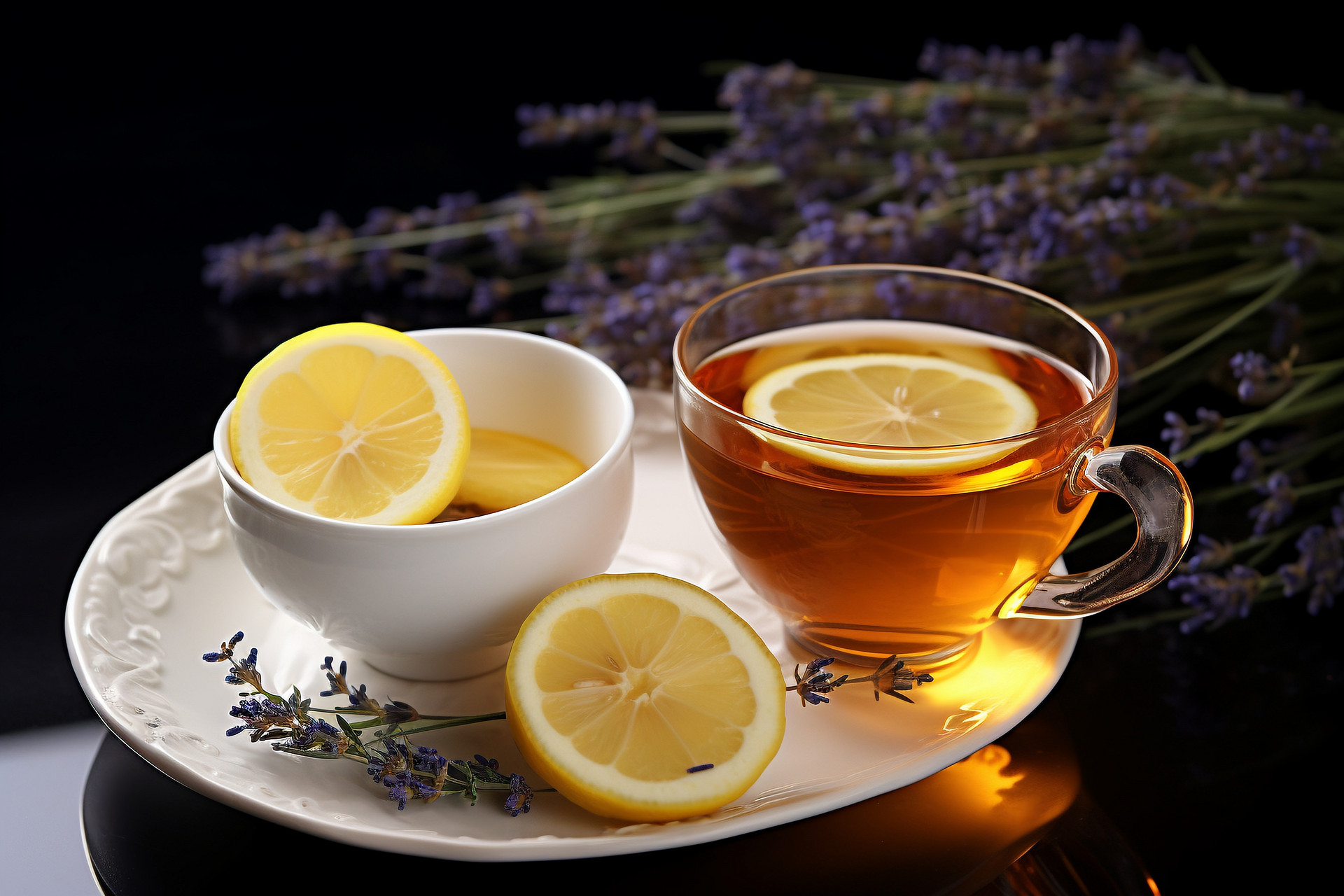
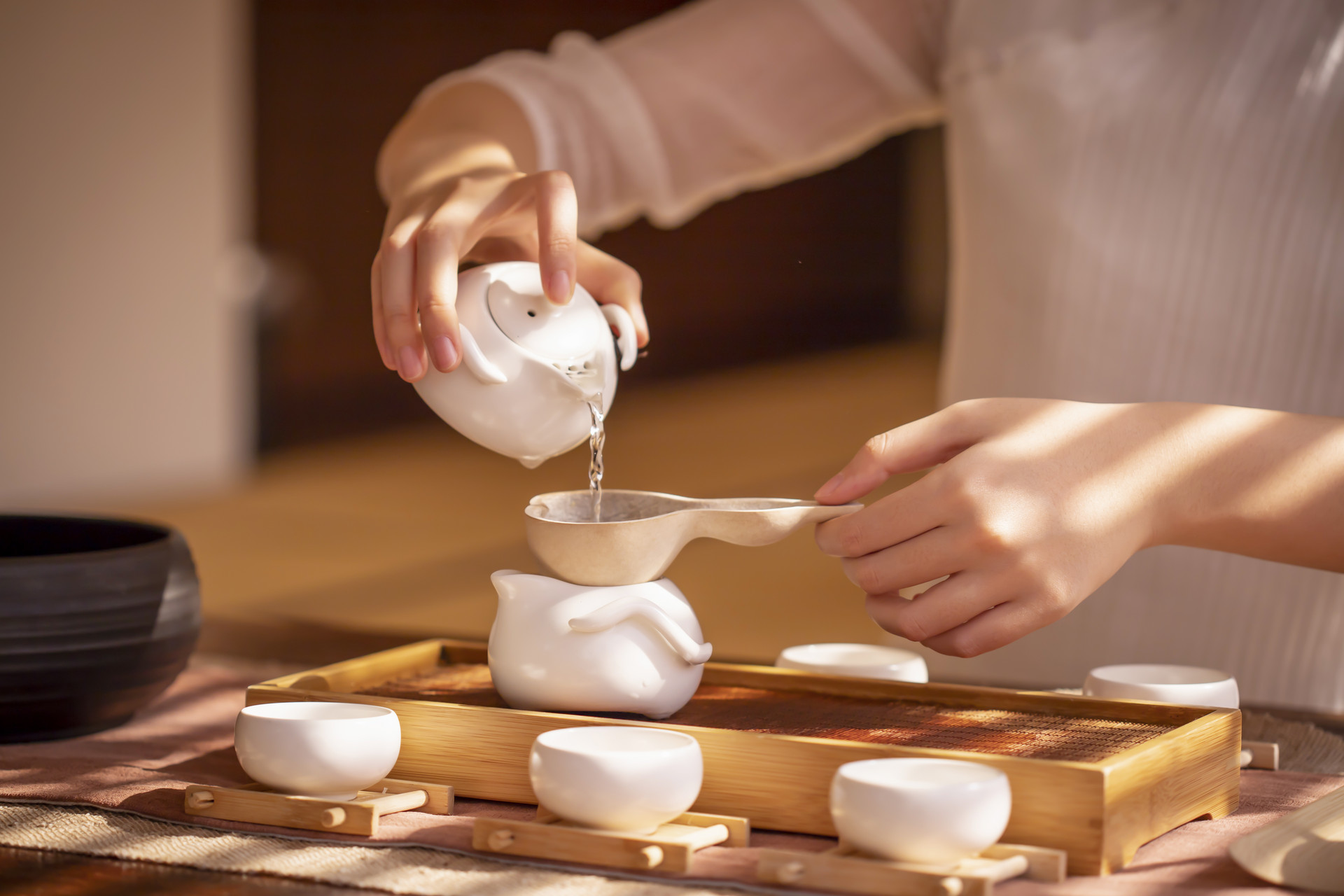
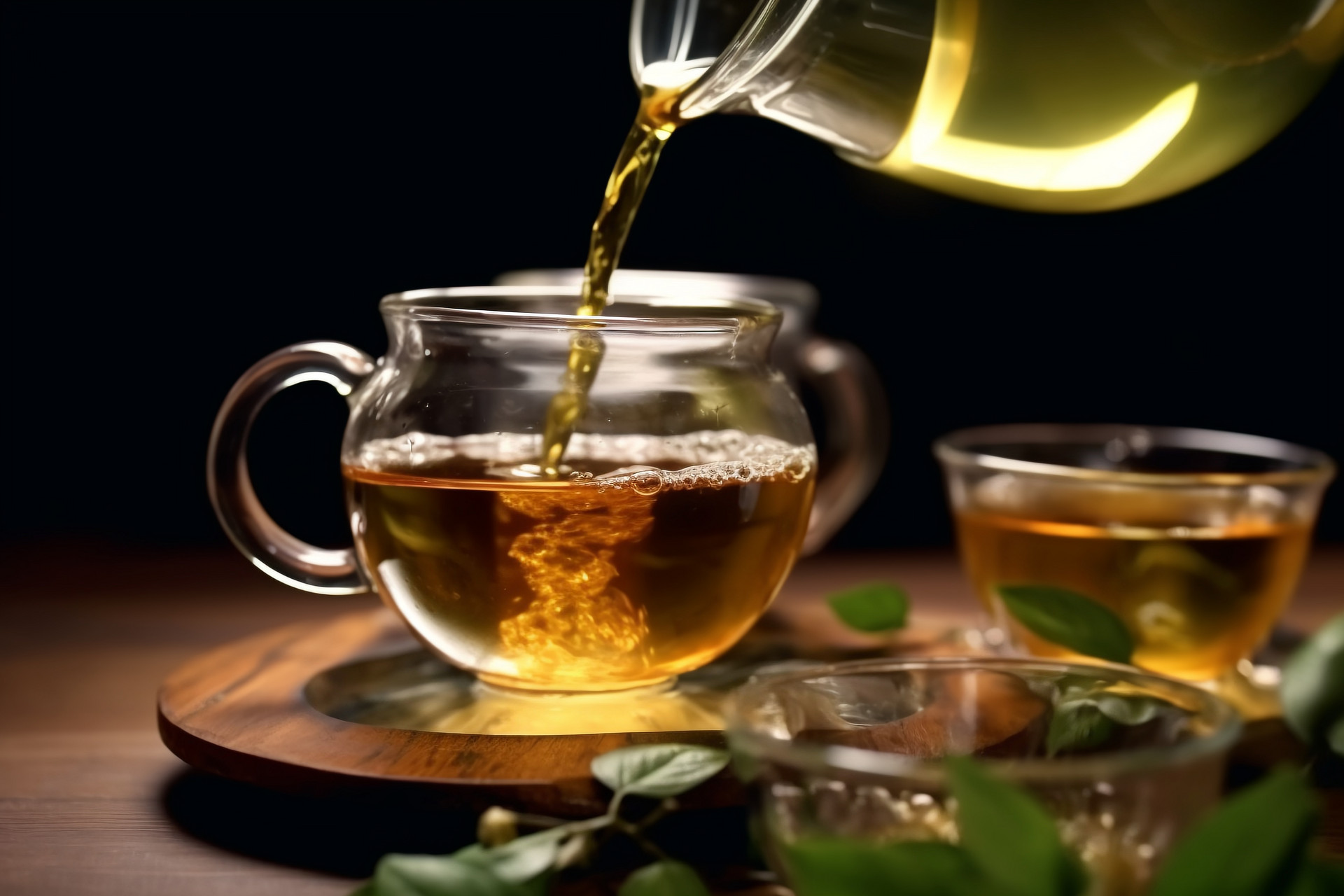

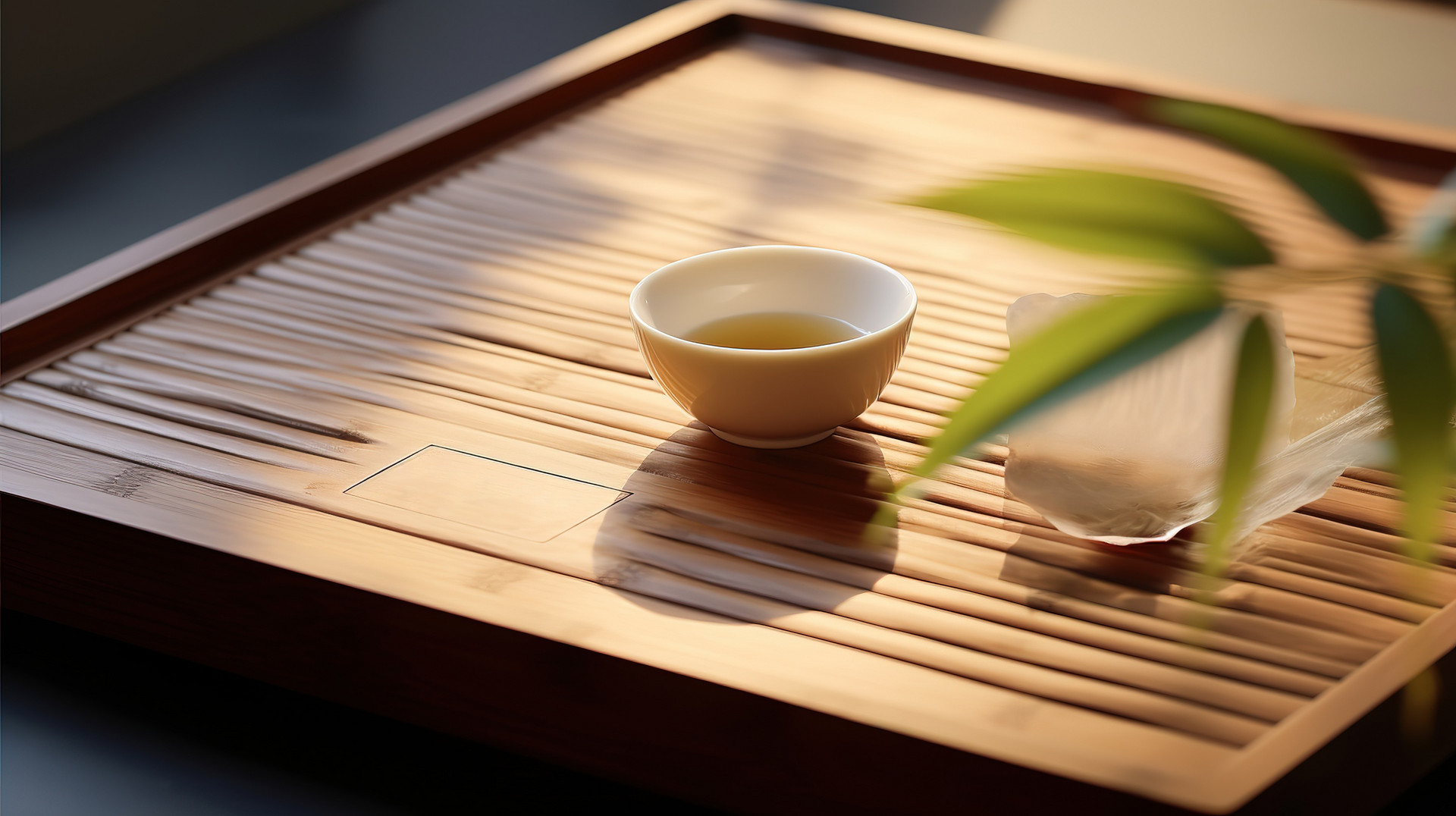
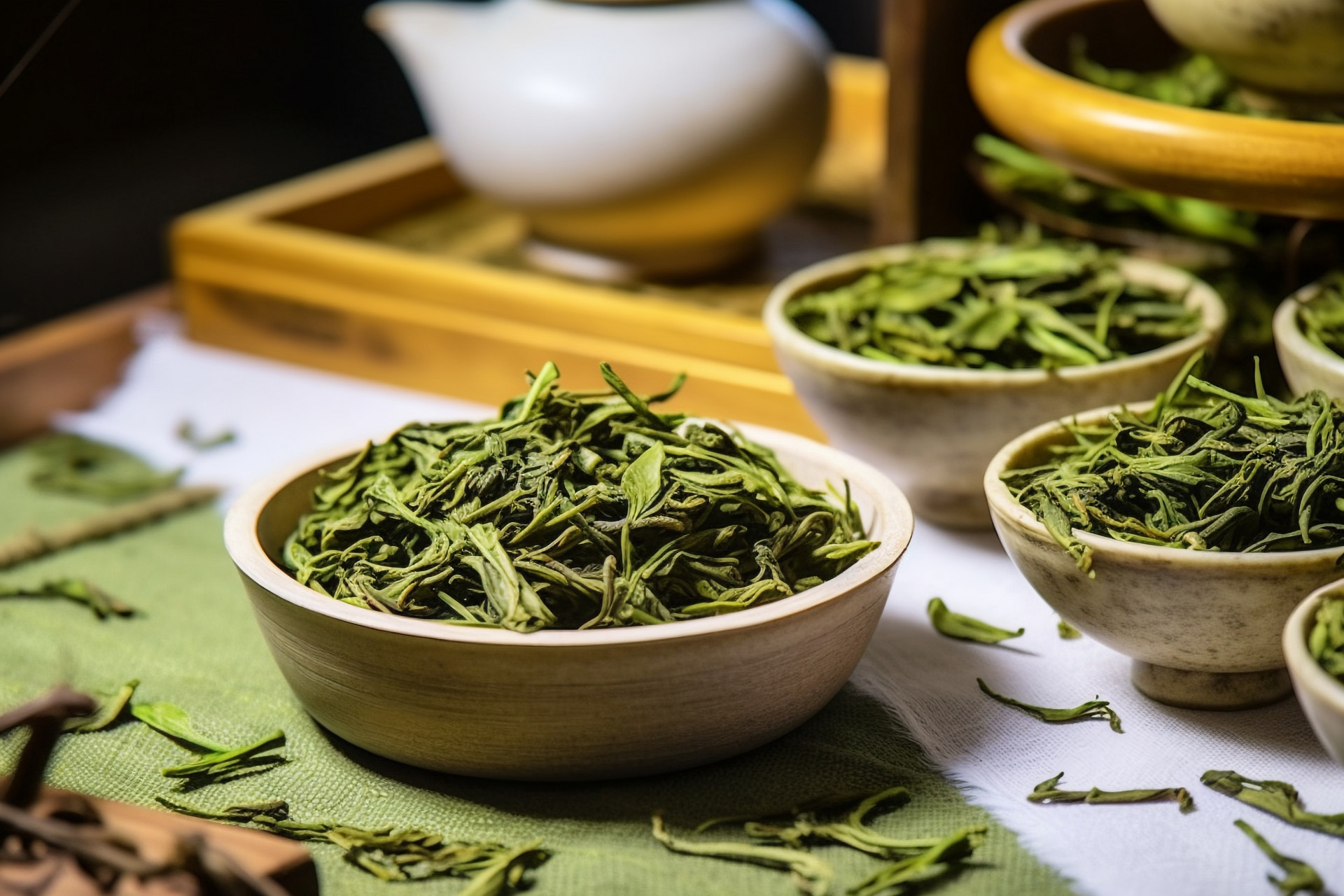
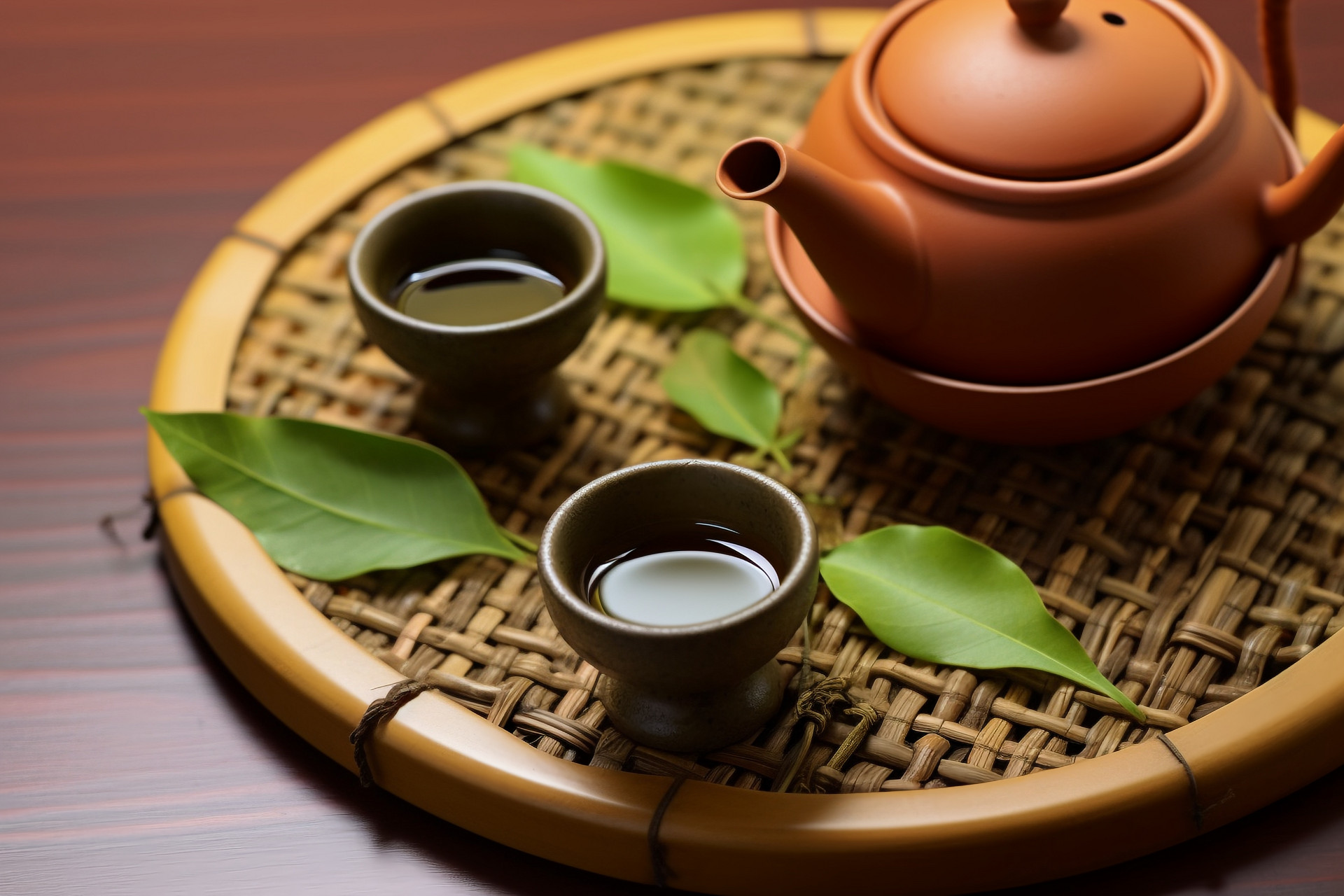
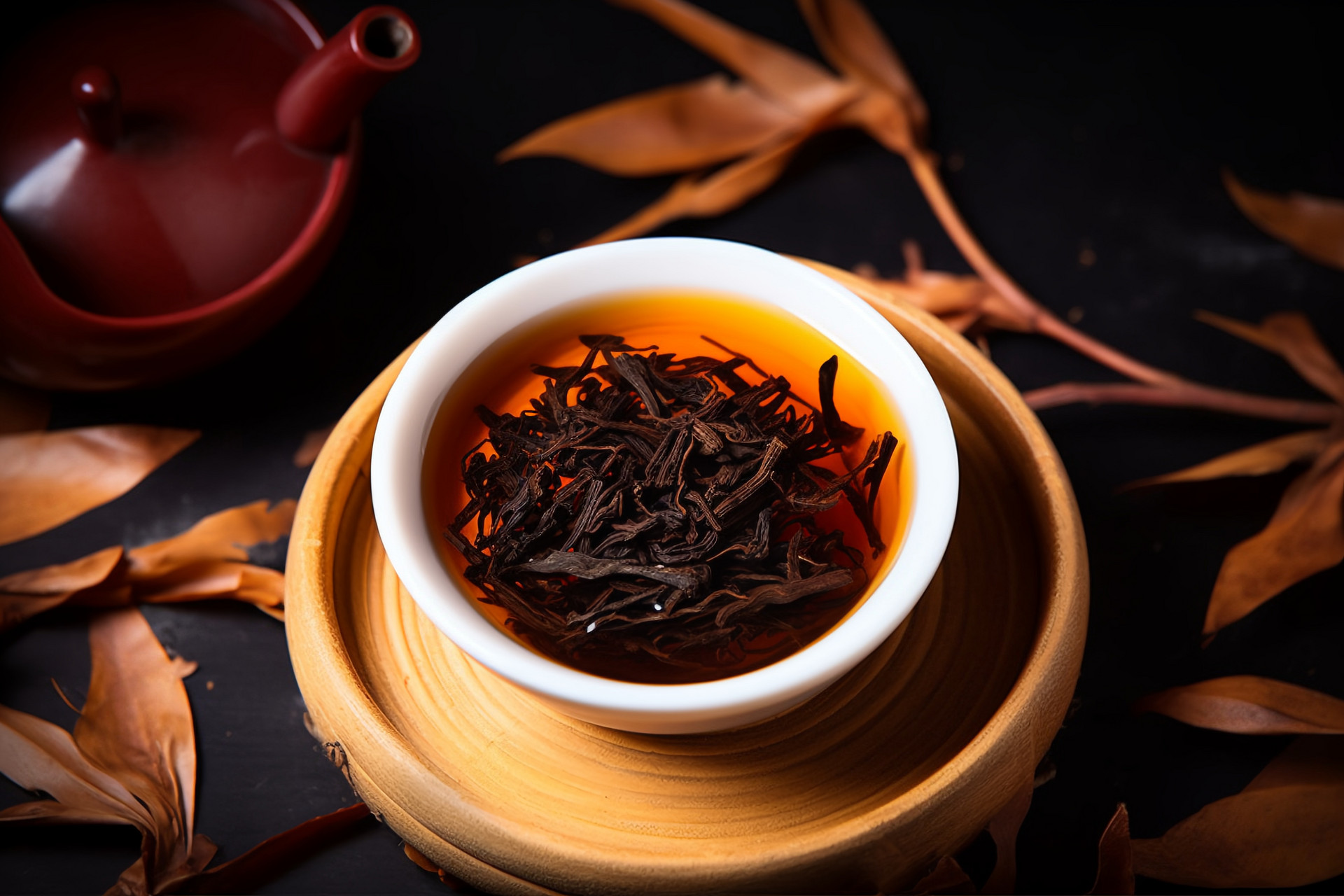
![[Herbal Wine Recipes for Health and Beauty]](https://tcmmaintenance.com/uploads/20240715/7241f6b6eafdaed88c28b26a37213964.jpg)